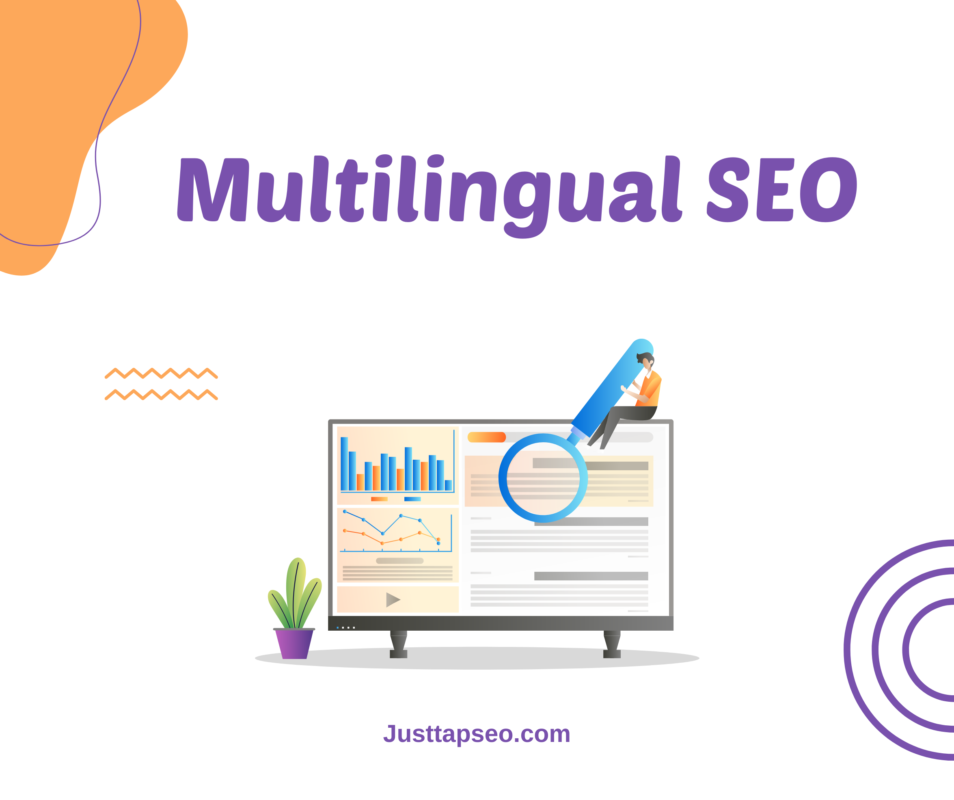The Ultimate Guide to Multilingual SEO for USA and China Markets
In today’s globalized world, businesses are no longer limited by borders. If you’re targeting audiences in both the USA and China, you need a solid multilingual SEO strategy. Why? Because ranking on Google in the USA won’t guarantee success on Baidu in China. This guide will walk you through everything you need to know about multilingual SEO, from keyword research to website optimization, so you can dominate both markets.
Why Multilingual SEO Matters for USA and China
The USA and China are two of the largest economies in the world, but their search engine landscapes are vastly different. While Google dominates the USA, Baidu is the king in China. Without a tailored approach, your website might get lost in translation—literally.
Multilingual SEO ensures your website ranks well in both regions by addressing language, cultural, and technical differences. It’s not just about translating content; it’s about optimizing for local search behaviors and algorithms.
Key Differences Between Google and Baidu
Before diving into strategies, let’s understand the key differences between Google (USA) and Baidu (China):
- Search Algorithms: Google focuses heavily on backlinks and user experience, while Baidu prioritizes localized content and website speed.
- Language: English dominates Google searches, while Baidu caters to Mandarin and other Chinese dialects.
- Mobile Usage: Both regions have high mobile search usage, but China’s mobile-first approach is even more pronounced.
Understanding these differences is crucial for crafting a successful multilingual SEO strategy.
Step 1: Conduct Multilingual Keyword Research
Keyword research is the foundation of any SEO strategy. For multilingual SEO, you need to:
- Identify Local Keywords: Use tools like Google Keyword Planner for the USA and Baidu Keyword Tool for China.
- Understand Search Intent: What are users in each region searching for? For example, “best smartphones” in the USA might translate to “最佳智能手机” (best smartphones) in China.
- Avoid Direct Translation: Direct translations often miss the mark. For instance, “e-commerce” in the USA might be better translated as “电商” (diàn shāng) in China.
Pro Tip: Use tools like Ahrefs or SEMrush to analyze keyword trends in both regions.
Step 2: Optimize Your Website Structure
Your website structure plays a critical role in multilingual SEO. Here’s how to get it right:
Use Hreflang Tags
Hreflang tags tell search engines which language and region your content is targeting. For example:
Copy
<link rel=”alternate” hreflang=”en-us” href=”https://www.example.com/us/” />
<link rel=”alternate” hreflang=”zh-cn” href=”https://www.example.com/cn/” />
This ensures that users in the USA see the English version, while users in China see the Mandarin version.
Create Separate URLs
Use separate URLs for each language version, like:
- example.com/us/ for the USA
- example.com/cn/ for China
This makes it easier for search engines to index and rank your pages.
Step 3: Localize Your Content
Localization goes beyond translation. It’s about adapting your content to resonate with local audiences. Here’s how:
- Cultural Nuances: Use culturally relevant examples, images, and references. For instance, a blog post about holidays might focus on Christmas in the USA and Lunar New Year in China.
- Local Dialects: Mandarin is the official language in China, but regional dialects like Cantonese are also important.
- Currency and Units: Use USD for the USA and RMB for China. Similarly, use imperial units (miles, pounds) for the USA and metric units (kilometers, kilograms) for China.
Step 4: Optimize for Mobile
Both the USA and China have high mobile search usage, but China is particularly mobile-first. Ensure your website is:
- Responsive: It should adapt to different screen sizes.
- Fast-Loading: Use tools like Google PageSpeed Insights and Baidu Site App to optimize load times.
- Mobile-Friendly: Avoid pop-ups and use large, easy-to-click buttons.
Step 5: Build Local Backlinks
Backlinks are crucial for SEO, but they need to be region-specific.
- USA: Focus on earning backlinks from reputable .edu and .gov sites, as well as industry blogs.
- China: Partner with Chinese websites, forums, and social media platforms like Weibo and WeChat.
Pro Tip: Use Baidu Webmaster Tools to monitor your backlink profile in China.
Step 6: Monitor and Adjust
SEO is an ongoing process. Use analytics tools to track your performance:
- Google Analytics for the USA
- Baidu Analytics for China
Regularly review your rankings, traffic, and conversions. Adjust your strategy based on what’s working and what’s not.
Common Multilingual SEO Mistakes to Avoid
- Ignoring Local Search Engines: Don’t focus solely on Google. Baidu is equally important for China.
- Poor Translation: Avoid using automated translation tools. Hire professional translators who understand SEO.
- Duplicate Content: Ensure each language version has unique content to avoid penalties.
- Neglecting Technical SEO: Hreflang tags, XML sitemaps, and structured data are essential.
Tools for Multilingual SEO
Here are some tools to streamline your efforts:
- Google Keyword Planner: For USA keyword research.
- Baidu Keyword Tool: For China keyword research.
- Ahrefs/SEMrush: For competitive analysis.
- Baidu Webmaster Tools: For monitoring performance in China.
- DeepL/Google Translate: For initial translations (but always hire a professional for final edits).
Conclusion
Mastering multilingual SEO for the USA and China isn’t easy, but it’s worth the effort. By understanding the differences between Google and Baidu, conducting thorough keyword research, and localizing your content, you can create a strategy that resonates with both markets.Remember, SEO is a long-term game. Stay consistent, monitor your progress, and adapt as needed. With the right approach, your website can rank high in both the USA and China, driving traffic and conversions like never before. You can contact us for a multilingual SEO plan; we will handle everything for you.


















